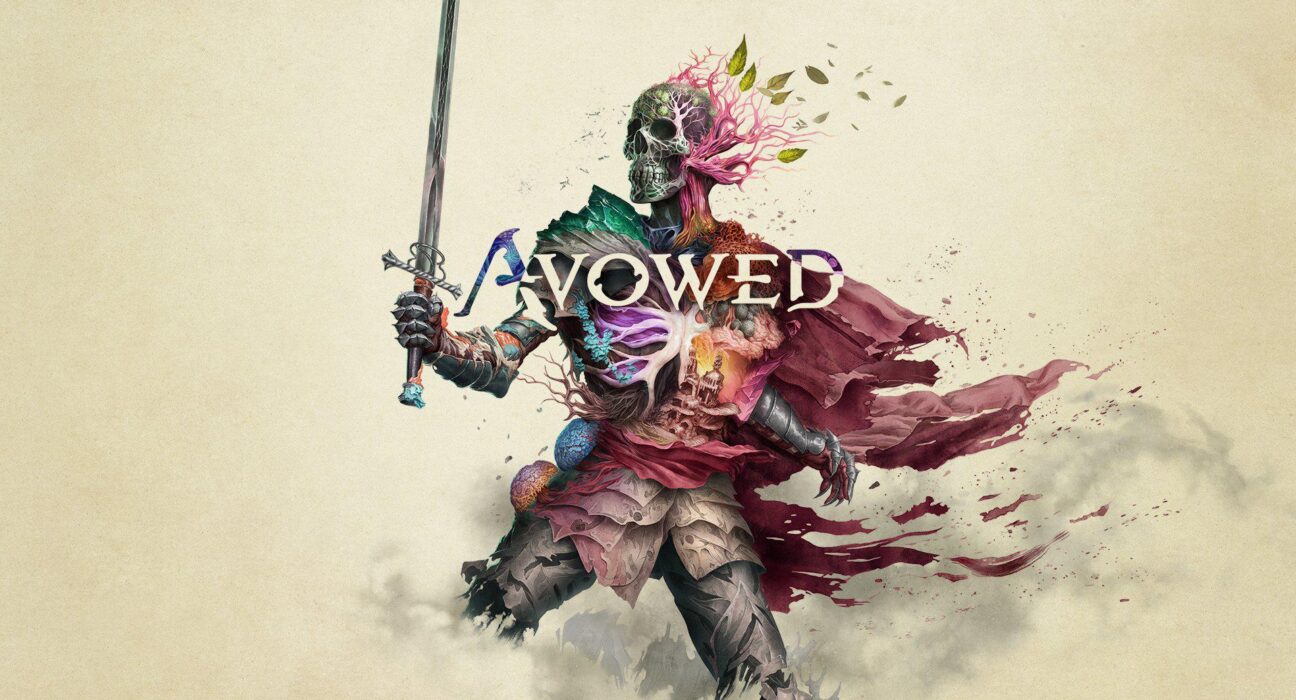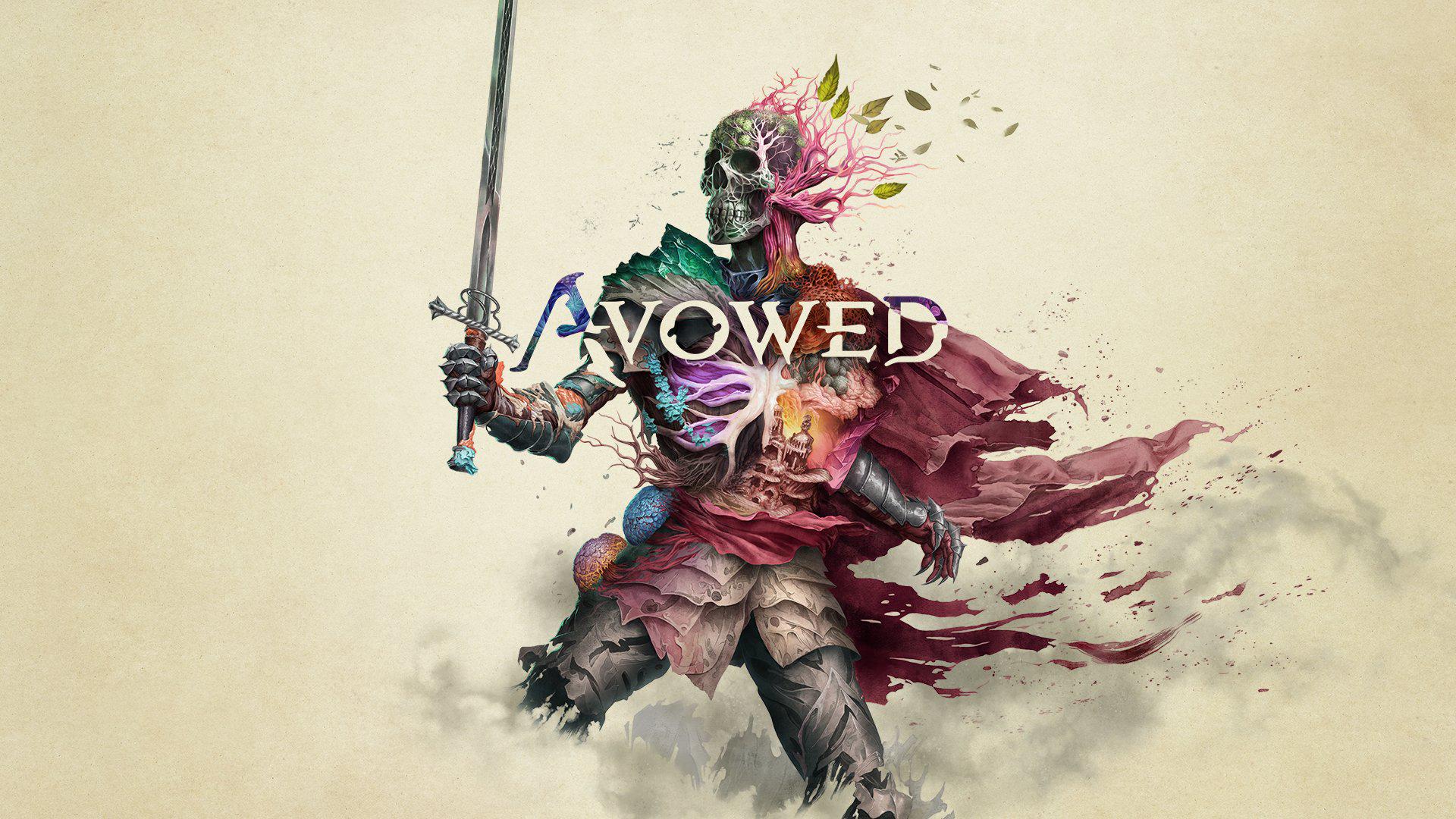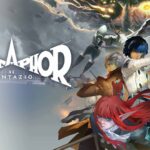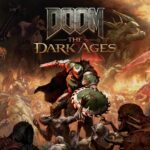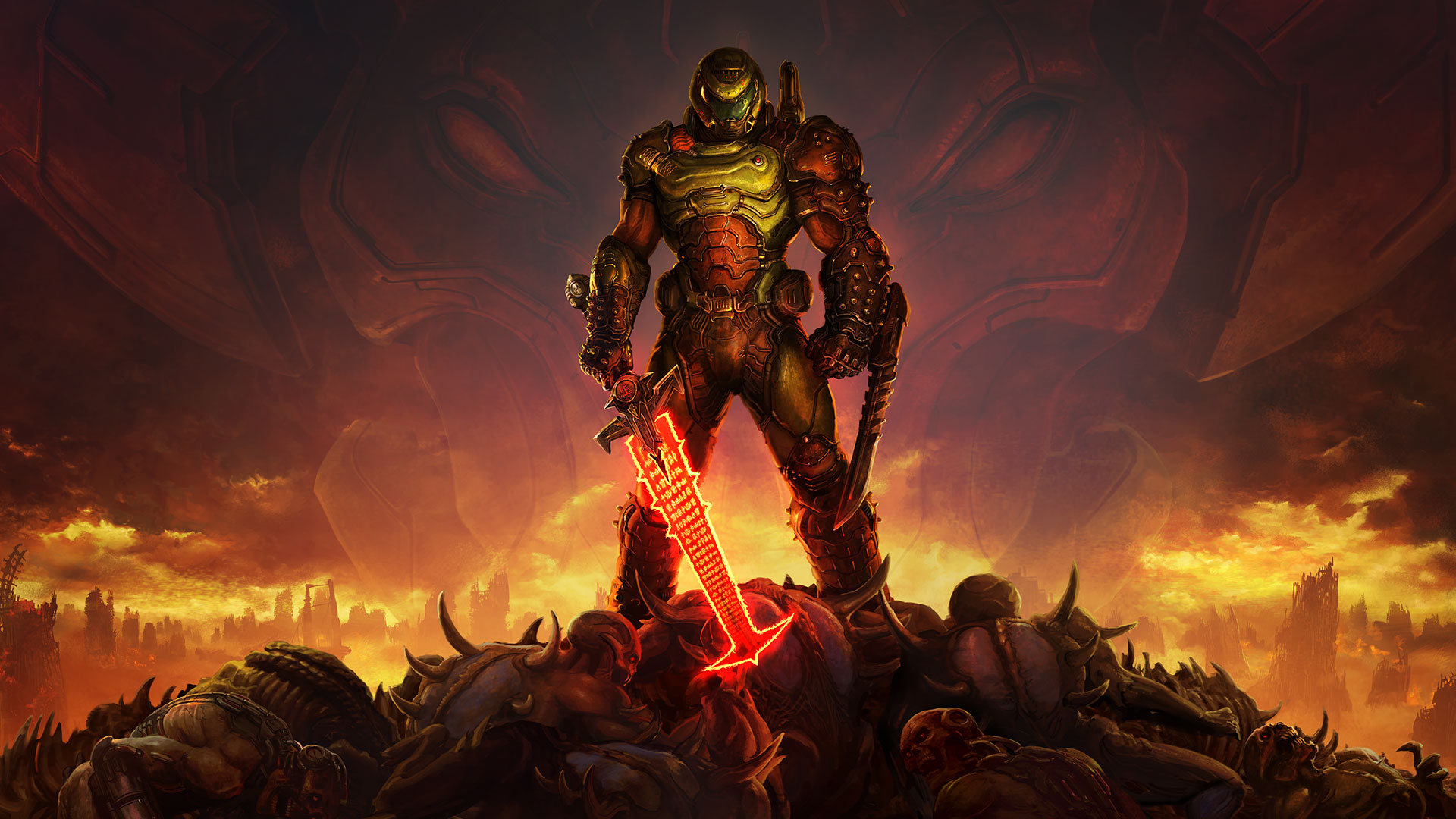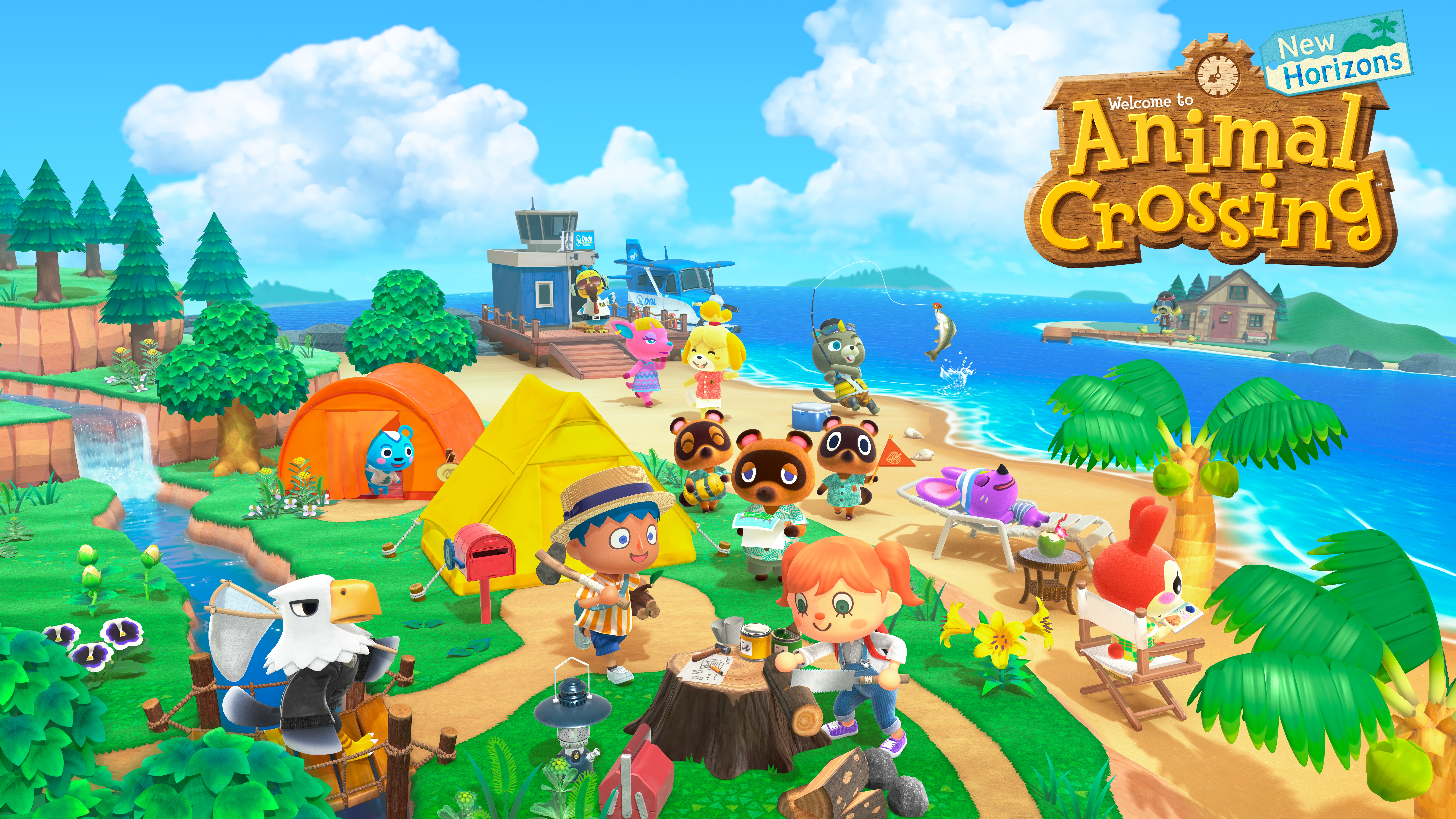The AAA space hasn’t exactly been kind to the RPG genre. For every game like The Witcher 3: Wild Hunt and Elden Ring, there are games like Assassin’s Creed: Valhalla, Dragon Age: The Veilguard, Starfield, and Fallout 4. Obsidian is a developer that isn’t immune from either. They proved with The Outer Worlds that while they can sometimes have the right ingredients, they can still produce a less than appealing dish. I get it, RPGs are incredibly difficult to develop, and even genre giants like Bethesda and BioWare can get it wrong (yes part of it also has to do with the fact that the people who made the great RPGs of old are no longer a part of those development teams), but it can be frustrating when the only things available to you are either decades old or bland and uninspired. In comes Avowed, promising an exploration of the world of Pillars of Eternity in a First Person/Third Person. Avowed quickly became a game I both loved and loathed at the same time for various reasons, but I can at least appreciate it as one of Xbox’s stronger entries into their portfolio and a solid attempt at diversifying their portfolio.
Set in the world of Eora, Avowed takes place shortly after the events of Pillars of Eternity II: Deadfire on the continent known as the Living Lands. Don’t be confused, however, as it has no proper narrative connection to the aforementioned game, which is great because I remembered almost nothing about it. You assume the role of a Godlike (a person who has been blessed by one of Eora’s Gods), which is something of a rarity in these parts, and most people believe Godlike to be more or less extinct. You are sent to the Living Lands as an Imperial Envoy of Aedyr, acting as the Emperor’s right hand while the continent is being ravaged by an affliction known as the Dreamscourge. Not much is known about the Dreamscourge beyond it causing those afflicted to slowly lose their minds and turn hostile. However, before you can even get to the main port of Paradis (one of the cities in the Living Lands), your ship is attacked when passing through a fort and you wash up ashore near the fort. This is where you come in contact with Dreamthralls, people who have lost their minds to the Dreamscourge.
The general story of Avowed sees you travelling through the various biomes of the Living Lands, immersing yourself in four main factions native to this region — Paradisans, the Animancers of the Emerald Stair, the people of Thirdborn, and Solace Keep. None of these factions are particularly fond of the Aedyran presence as, prior to your arrival, there is a zealous form of Aedyran representation named the Steel Garrote who are particularly fascist (the game makes it incredibly obvious that no one likes them, including many Aedyrans). You spend a lot of time either debunking or confirming everyone’s thoughts on Aedyrans, and it is in this small ebb and flow of roleplaying that the game feels superb. The little choices you make in dialogue matters, and can turn the direction of a situation from hostile to peaceful, or vice versa, and there are many points where it is an in-between. For instance, I had a quest where I talked down two people who were baiting Aedyran military into traps. They reluctantly agreed to stop, and they weren’t kind to me, but they at least ceased their hostile behaviour.
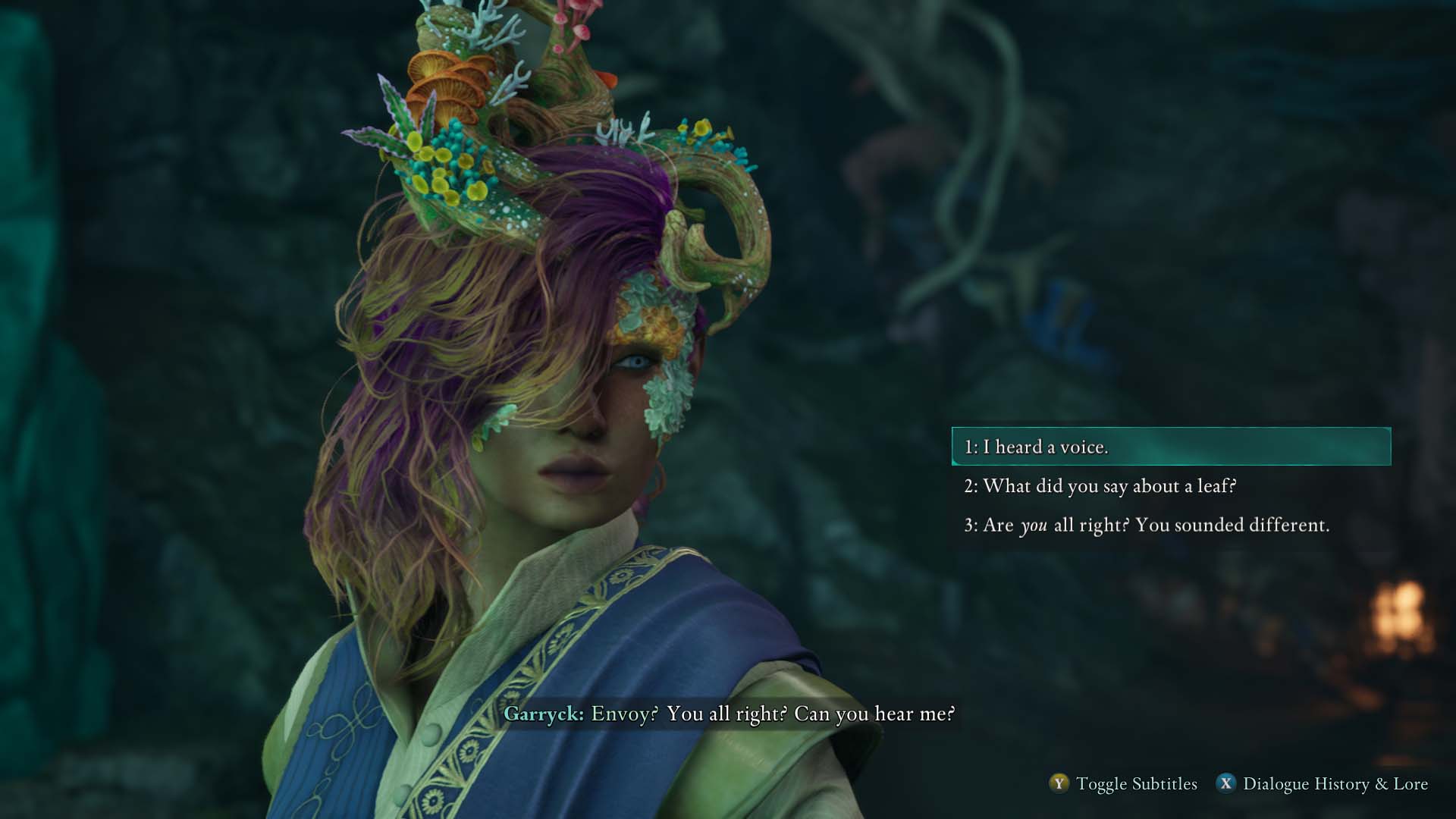
In saying this, while Avowed portrays itself as a game with deep roleplaying capabilities like the IP it is tied to, it betrays that depth by trying to be a middle ground between something like Skyrim and Borderlands. What ends up happening is a dichotomy between its roleplaying and its action, and by committing holistically to neither, they both come off feeling underbaked. It’s not as prominent in your smaller quests, as a number of those are thoughtfully implemented and written, with many even having minor consequences for your experience later. However, the larger story elements and their roleplaying never quite lives up to what it could be. The main story feels lacklustre and almost wanky with how grandiose it tries to be. It’s evident that this is not the studio that made the wonderful Fallout: New Vegas, but at every step in Avowed’s story, its roleplaying elements buckle, and you’re left wondering how much more cohesive it could have been if it leaned further into being more of an action RPG rather than just a mishmash of different design elements from an action game and an RPG separately. Coming off the back of Dragon Age: The Veilguard, however, which has some of the worst roleplaying I have experienced in a while, what is on offer here in Avowed is at least a breath of fresh air, compromised though it may be.
Not everything about the story is underwhelming, though. In fact, there are moments where I found myself quite enjoying it. Don’t be fooled, this is not Baldur’s Gate III levels of writing, but it’s also not bottom of the barrel stuff. It’s fairly innocuous stuff. The story’s best moments, however, have to do with its grander moments, especially with what I would consider the second act. I won’t detail exactly what happens, but the atmosphere going through this section was great, and I couldn’t help but feel like if more of the game was this cohesive with its writing and direction, I would have enjoyed it much more than I did.
Avowed is a bit weird with its progression systems too, and they come off as both a strength and a weakness. Most players will be used to what the AAA industry considers RPG mechanics nowadays, or better known as a stats system. Avowed places less emphasis on its direct stats systems and focuses more on leveling to increase the breadth of your character’s capabilities. This isn’t to imply that Avowed lacks any form of customisable stats, but rather the stats you have available are so minimal and the points you are given to distribute are so few that it is clear these stats are not the focus of the game’s progression. Instead, you have an ability tree that expands, enhances, or augments your abilities, which in turn increases your power. It’s a horizontal progression system with elements of a linear progression system.
On top of the core progression system laid out by the levelling, the game makes uses of gear upgrades to scale your character, and these gear upgrades play a huge role in determining how easy certain enemies are. There are five quality levels: Common, Fine, Exquisite, Superb, and Legendary. Within each quality level, there are three tiers, and the enemies of each zone of the Living Lands are tuned to specific quality levels and even tiers within those quality levels. For example, the first area has enemies that are scaled around Common quality and its various tiers, with some of the really high-level enemies set to scale at the lowest tier of Fine quality. Not gearing yourself correctly can be detrimental to your ability to reasonably fight enemies in a certain area. To some degree, I really like this system. It doesn’t force some kind of scaling to your character level, and it also doesn’t gate your character from content due to level. As well as this, it prevents you from becoming absurdly overpowered too quickly. You can build your character’s skills to become overpowered, but it requires some thought and investment.
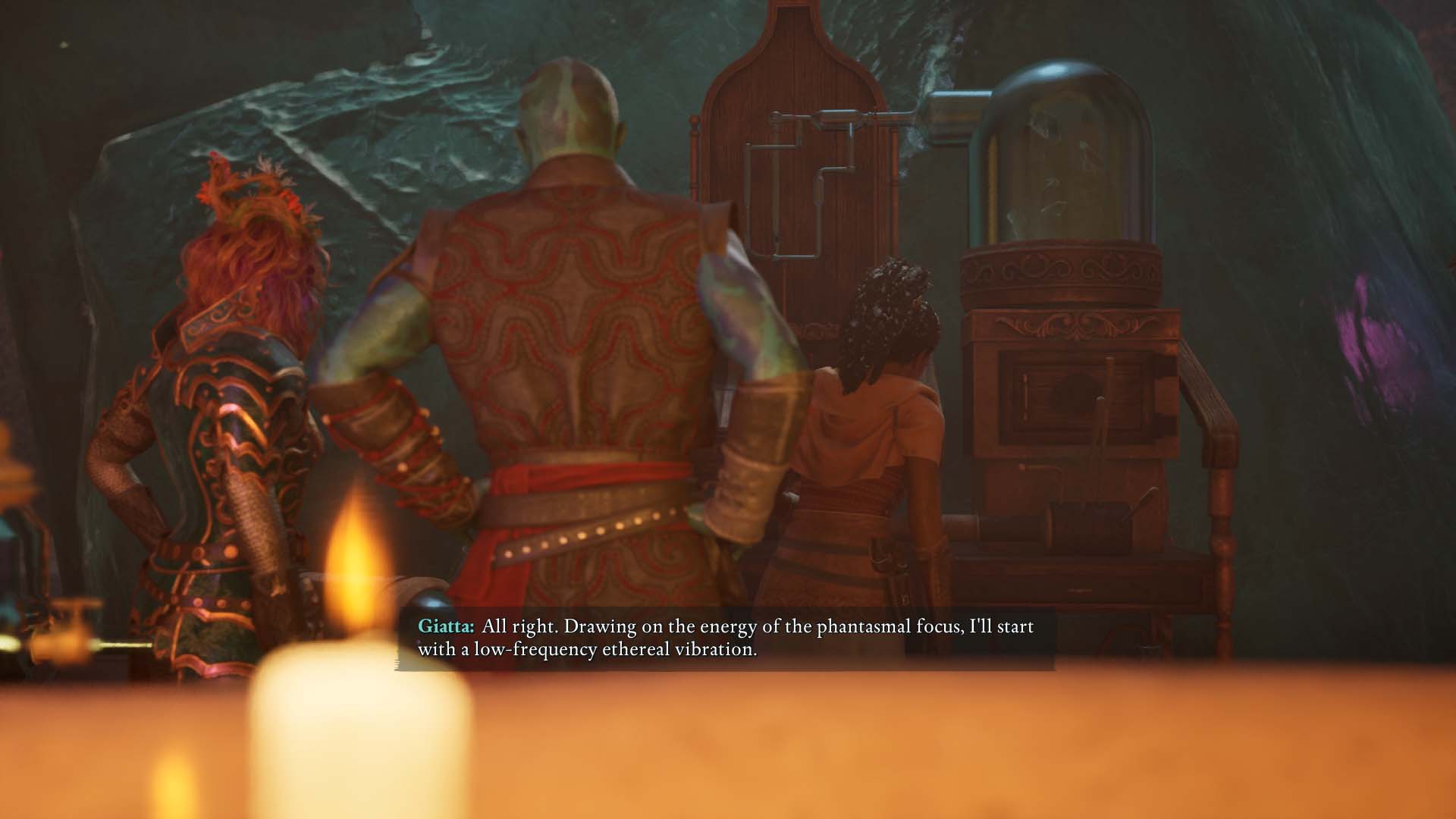
At the same time, this gearing system can be incredibly restrictive. Without certain skills that you can unlock, specific upgrade materials aren’t easy to come by, which means you won’t be able to upgrade many similar pieces of gear. Inevitably, there will be at least one piece of equipment that falls a little behind, and if you’re attached to your gear that is perfectly fine. However, if you want to use many different pieces to vary your playstyles a lot, this will be difficult.
Because the gearing and upgrading can be so restrictive, it also makes the flexibility of the game’s skills and character building feel counterintuitive. The game allows you to take skills from any skill tree, with a few exceptions to prerequisite skills that are needed for later skills, so you never truly have to commit to the three core classes — Fighter, Ranger, and Wizard. This conflict in design makes the game seem like it wasn’t holistically designed, and you are often forced to stick to one playstyle rather than try other things.
If there was one part of Avowed that had me immediately interested, it was the idea that I could play a First Person RPG that didn’t feel terrible. Look, I love Morrowind, Oblivion, and Skyrim, but I’m not blind to the fact that their moment to moment gameplay isn’t great. The pain of the dull combat was exacerbated in The Elder Scrolls Online, but that is a discussion for another day. Immediately, I was enjoying the combat far more than in Bethesda’s RPGs. The wizard playstyle feels particularly gratifying as there is a certain feedback from using wands, and using Grimoires to cast spells feels great too. Additionally, you can learn how to cast spells outside their associated Grimoires and instead through the skill trees, and if you insist on using a Grimoire to cast a spell after it has been unlocked in the skill tree, it will behave as if it were upgraded to one tier above what your skill tree’s current tier. For example, I unlocked the ability to cast a shield around myself without the use of a Grimoire, but when I cast it through the Grimoire it adds an extra level to my shield ability, which made it reflect projectiles like arrows and bullets. Small details like this are fantastic.
While I was enjoying the combat, it wasn’t until I picked up a Greatsword called “Horsecutter” that I really began to fall in love with the combat. Avowed understands how feedback plays an important role in providing a good combat experience. From all the melee weapons I tried (daggers, swords, greatswords, greataxes, axes), the combat felt excellent, and I ended up settling on a build that used Wands, Grimoires, and Greatswords.
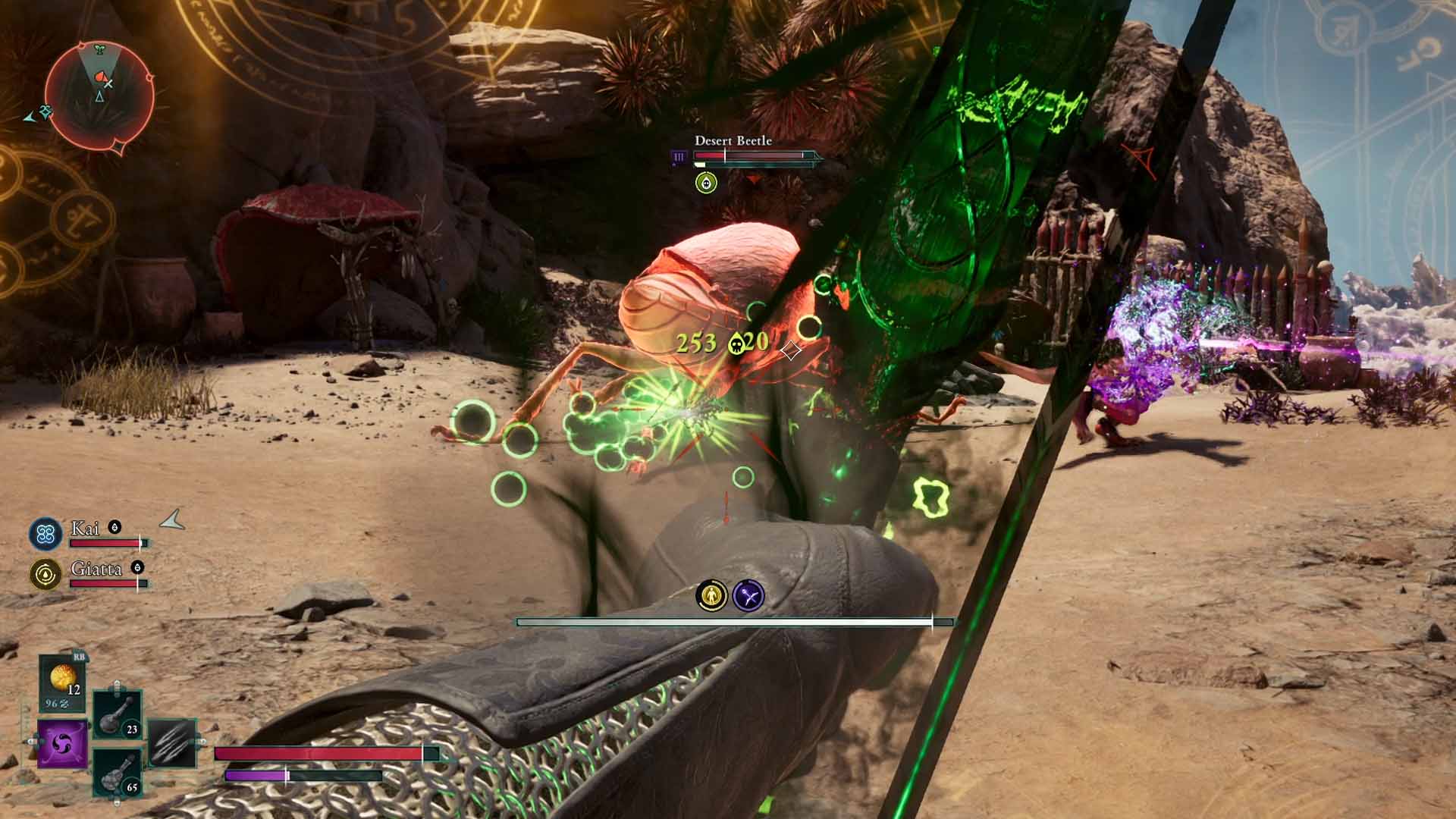
Just because the combat felt good, that doesn’t mean that it was always good. Avowed has a serious problem of throwing large groups of enemies at you, especially as you get further through the game. If it weren’t for the fact that my setup was specifically designed to stagger and freeze large groups of enemies, I would have hated how many enemies the game throws at you constantly. I’m not against there being points in the game where there are plenty of enemies, but the fact that it is a frequent occurrence sours what would otherwise be a great experience. If you are going to play, I highly recommend reading through the skills that you can unlock once you can see the skill trees, and figuring out what playstyle you want to play and how well it will deal with crowds.
The world of Eora has always been a beautiful place, but we were always restricted to seeing it from a top-down view. This didn’t stop Obsidian from pouring their hearts into their environmental art, but there is always a different sense of beauty when you can view the world from a first-person perspective. While you don’t get to see the areas from the previous Pillars of Eternity games, the Living Lands is visually stunning, and at no point did the game’s art feel like I was entering the domain of the bland or mundane. The art is striking, it is entrancing, and it is by far one of the biggest selling points of this game. The team at Obsidian clearly spent a lot of time learning the ins and outs of Epic’s Unreal Engine 5, offering a gorgeous experience by leveraging its various technologies.
From an auditory perspective, Avowed is exceptional too. The spells sound great, especially the lightning and ice aspected spells, the clanging of swords on steel and the meaty sounds when you slice through multiple enemies is satisfying and somewhat cathartic. The music that accompanies the game is also good. At no point did I feel that the game’s sound and music was letting me down.
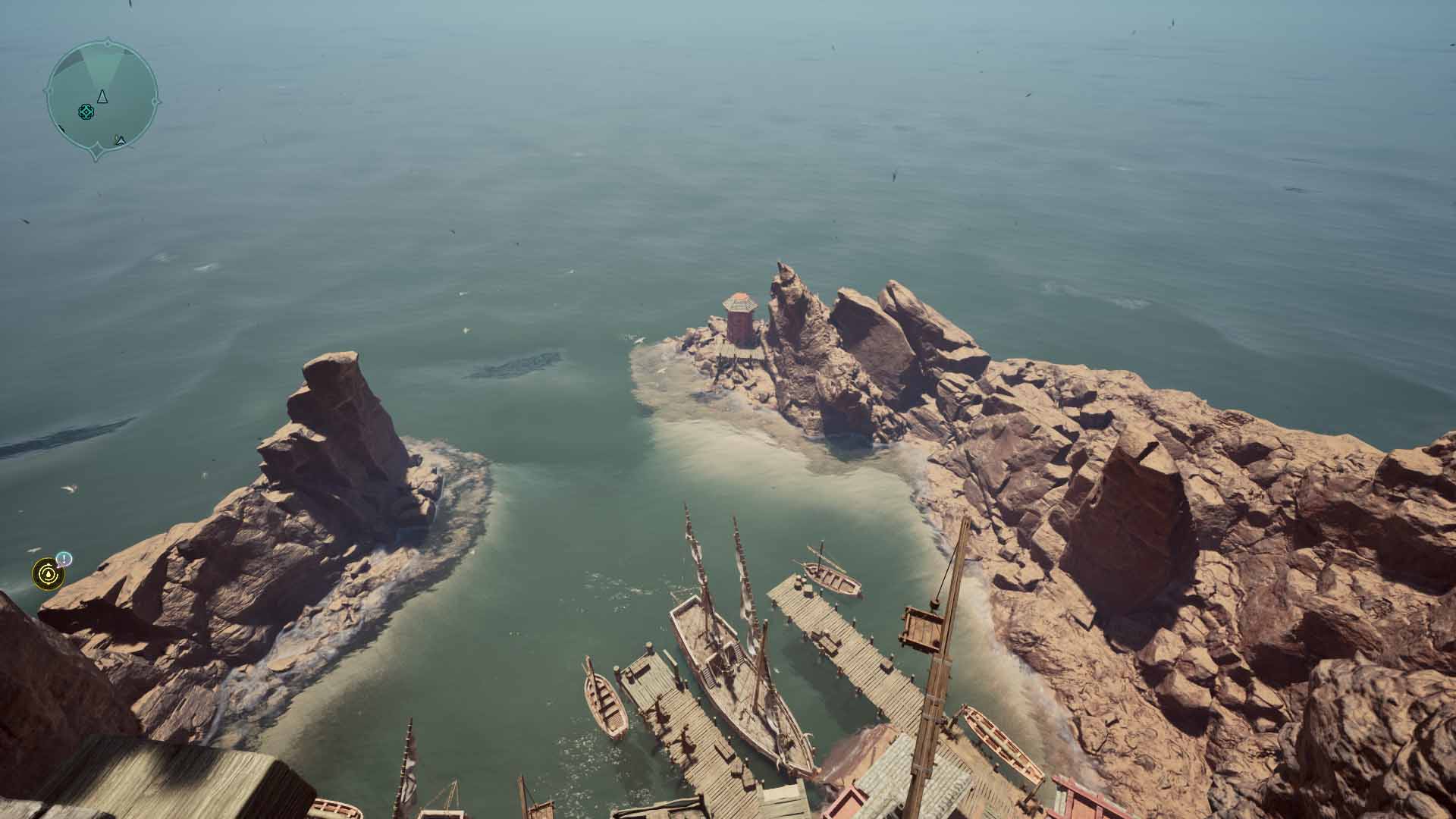
Obsidian has a history of incredibly buggy games at launch. I remember playing Pillars of Eternity II: Deadfire at launch, and the game crashed a lot and had many frame drops. Avowed does not buck this trend and has a lot of room for improvement. I noticed a few minor issues with the LOD on characters when the camera would cut to them, with their outfits missing details for a brief moment, and then belatedly loading them in. The big problem, however, is the frequent crashes. The game crashes far more than it should, and through some investigation—and confirming the issue with another reviewer playing on PC—the game would crash when calling KernelBase.dll. Looking at the application errors/crash dumps in Event Viewer and WinDbg, I noticed mentions of DX12, which makes sense since DirectX 12 works a lot closer to the hardware than DirectX 11. While the crashes never prevented me from playing through the game, the frequency at which they occurred can easily sour the experience. Thankfully, as someone who plays Star Citizen, I have a high tolerance for technical disasters.
- Conclusion
- Avowed is an incredibly flawed RPG that I couldn’t help but enjoy. Obsidian has made quite a few misses in designing it, but the studio also made some great decisions. The RPG mechanics are still far above most of what the AAA industry offers, minimal as that may be, and it has some ideas which are truly great in a vacuum. Unfortunately, there is a lot of friction between these ideas, and the game struggles to strike that wonderful balance of cohesion that a truly great RPG needs. Is it a fantastic game? No, not by any means. But is it enjoyable enough to provide a mostly engaging experience that still feels a step above many other AAA competitors? Absolutely.
- PC
- ASUS TUF Gaming X670-E Plus
- Ryzen 9 7950X
- MSI RTX 3080 Ti GAMING X TRIO 12GB (Driver ver. 566.36)*
- G.Skill Trident Z5 RGB 64GB (2x32GB) DDR5-6000 CL32
- Samsung 970 EVO Plus NVMe SSD 500GB (OS), Kingston NV2 M.2 NVMe Gen4 SSD 4TB (Game install)
- Windows 10 Home (Build ver. 19045)
*Older driver version used due to the most current driver having some general stability issues/bugs.



